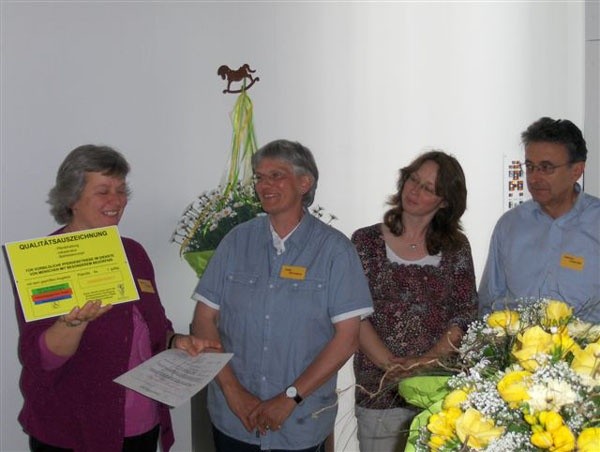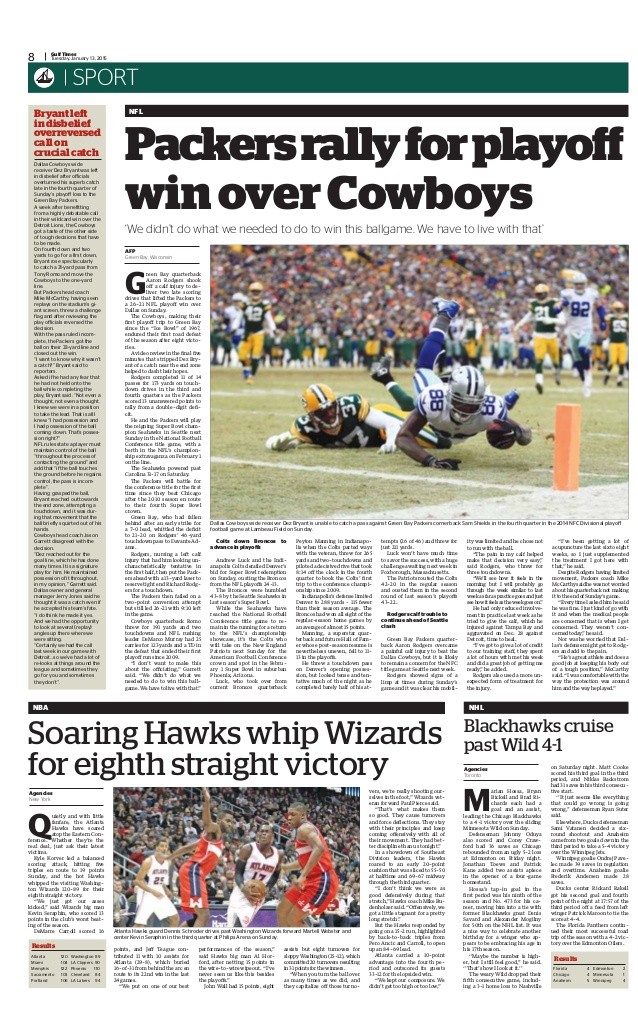Final Showdown at Hand in Randgold Flight to Freedom
Post on: 6 Июль, 2015 No Comment

N EW YORK (ResourceInvestor.com ) — Ever since Randgold Resources [GOLD ] crossed the Atlantic to list in New York with great success for early investors, it has been apparent that the company’s relationship with the Kebble family would perish sooner rather than later. Success in mining, like much of business, is about the personalities that own the skills.
Dr Mark Bristow, Chief Executive of Randgold Resources retains a soft spot for Roger Kebble, patriarch of one of South Africa’s most powerful and controversial mining empires, but he grew estranged from the scion, Brett.
It was legendary mining hatchet man Peter Flack and then Roger Kebble who tutored Bristow in corporate street smarts through a revolutionary period that splintered the cosy mining house culture in SA.
Experience within that war-room culture convinced Bristow that the group needed a company domiciled outside of the country. However, he struggled to get full support from the Kebbles or even Flack who vehemently disagreed with a forced repricing of the front door IPO thanks to a tanking gold price.
Yet the move paid off hugely. Randgold remains the only gold focused company listed on the primary boards of the London Stock Exchange. It also became the best rated gold mining vehicle seeded with rands and SA intellectual capital, pioneering the path to London for other companies before the Finance Ministry and Reserve Bank shut down the exodus.
Foreign investors never liked the K-Factor overhanging Randgold Resources; more so the persistent brand confusion with Randgold & Exploration [RANGY ], which once had the controlling interest in its London subsidiary.
The Kebble moniker doesn’t sit well with the offshore big guns of resource money management. They detest the pyramid structures, shelf companies and murky empowerment entities that share Byzantine relationships. Investors also have long and unforgiving memories about the late 1990s m^el’ee that blew up venerable mining house JCI under the Mzi Khumalo — Brett Kebble partnership.
The Kebbles held onto what remained of JCI and a web of related companies, and tried to gin up a restructuring that would list the company in Toronto as that bourse’s third largest gold stock. It never happened because Brett Kebble embarked on an ill-fated and flagrantly unethical scheme to manufacture an artificial spread between Harmony [HMY ], whom he was bidding against, and the old Randfontein stock.
So a Kebble tag on Randgold stock was never an easy sell abroad, but Bristow was pugnaciously loyal to the family as he navigated the 1990s rupturing of the Rand Mines stable where he got his start as a Bushveld Complex geologist.
With JCI’s ruin inevitable, Bristow was astute enough to realize that Randgold could one day cease to be a Kebble satellite — provided he played the game right and avoided inveiglement into a merger involving RG&E, JCI, CAM or any other vehicle that would subordinate Randgold.
Ten years after Randgold was first created that independence is now a fait accompli. Nowhere is it more apparent than in divergent stock prices. Randgold has gained 50% in the past year whilst RG&E is down 30%. They have been rapidly diverging since early 2004
The Kebble interest in the company has been steadily whittled down to nothing because it was a source of cash and securitization to the family. And with declining influence came diminished representation. There are no longer Kebble name plates at the Board table, and RG&E’s profitable sharing of staff and space with Randgold in Johannesburg was cut off.
Earlier this year the split was essentially sealed when, for the first time ever, none of the Kebbles graced the annual gala dinner Randgold hosts in Cape Town.
Whilst Randgold knew that it was escaping the Kebble orbit at accelerating velocity, staying out of trouble in a falling gold market proved tough.
Not long after Randgold listed in London in 1997 the Bre-X fraud sucked billions of dollars out of mining equities. On top of that the gold price had commenced a protracted decline that helped trash Randgold’s Syama mine in Mali, leaving the company at the mercy of RG&E, Rolls Royce, and principal project financier, N.M. Rothschild.
Randgold had to repay a $51 million bridging loan from Kebble company Barnato Exploration, plus cope with Syama’s cash consuming non-performance, as well as find the wherewithal to fund the Morila mine. The net result was AngloGold [AU] coming to the rescue with a $132 million bid that just pipped Placer Dome [PDG].
And thereafter the blood between Brett Kebble and Mark Bristow really started curdling.
Less than a year later and with Randgold looking considerably healthier, Brett started shopping its 40% stake in Morila unilaterally. That was in part to secure repayment of $48 million in debentures due to RG&E and to raise cash for restructuring in SA. Bristow was vehemently opposed to selling Morila, and by late 2001 the disagreement encompassed Roger, who was indifferent to the Mali mine which he described as wasting.
That was extremely poor judgement because Morila went on to hit a high grade zone just as the gold price and related equities started moving strongly. A cash fountain sprouted in Randgold’s treasury and its stock vaulted to be among the best performing gold producers, along with the laurels of being a partner in one of the world’s scarce million-ounce-a-year mines which also happened at the time to be among the richest ever.
The 2002 New York listing, marketed by HSBC and Bank of New York, was a great success and the fund process endeared Bristow to many money managers. That cured the foundations made from Morila’s cash bonanza, and allowed Randgold’s audacious hostile offer for Ashanti Goldfields in 2003, weeks after AngloGold thought it had wrapped up the Ghanaian miner. Incredibly, Randgold was able to force a higher bid from AngloGold despite the former’s Lilliputian balance sheet and meagre banking connections.
The bidding war was a dirty business behind the scenes, and Bristow was incensed when Brett Kebble vacillated in his support of Randgold with rumours of backchannel negotiations with AngloGold parent Anglo American [AAUK].
It was abundantly clear that for as long as RG&E held chunky amounts of Randgold stock, it would be tempted to deal its assets to further the cause of JCI’s renaissance. For example, at one point there was considerable pressure — including from a leading London gold fund — to merge Randgold with then Durban Deep [DROOY], which had not yet been snaffled from the Kebble empire by the wily Mark Wellesley-Wood.
At the same time Randgold investors were frustrated at the generous fees extracted by the Kebbles and their reliable appearance in the market as sellers.
Randgold could not pursue its post-Ashanti strategy as prey, predator, consolidator, or all three, until the K-Factor was swept out for good. The market is repeatedly recycling rumours about a takeover involving one of the majors, or a merger with the likes of IAMGold [IAG], or a buyout of AngloGold’s share of Morila.
That is why Bristow has been pressing harder and harder on RG&E to formerly disclose its interest in Randgold.

By late 2004 he was sure that RG&E had no meaningful claim against Randgold, and he raised the pressure on Brett to declare and disclose.
This February Randgold used the concentration of press at the Indaba event to broadcast that it could only measure RG&E’s stake at 6.74%. That was well down from a Kebble reported stake of between 31-36% which is said to be held directly and through nominees. Even then it is but half what the family used to own when Randgold debuted on the LSE in 1997.
Bristow, very secure now and well supported by a cosmopolitan board, says the arm waving accounting on the share register is not good enough. He’s itching for a final showdown to settle the matter and set Randgold on what is likely to be its final course; at least with him in his present role.
Rangold believes the stock that was owned by RG&E has been sold, used as collateral for other deals, or employed to securitize exotic empowerment gambits. That includes Kebble satellite, the Inkwenkwezi consortium that is buying Anglo American’s stake in Western Areas [JSX:WAR], thereby effectively accreting JCI’s control which is slipping because of capital calls to fund the South Deep project.
With Kebble companies under increasing pressure — Johannesburg is rife with detailed information about the parlous state of the Western Areas hedge book owned by Investec Bank — there is little chance that RG&E could exercise a call on the Randgold stock it has been farming.
The stakes have been raised with the filing of Randgold’s latest Annual Report with the US Securities & Exchange Commission.
Page 65 of the formatted report breaks down the various ownership interests in Randgold, and puts RG&E’s holding at 6.72%, or 4 million shares.
The second footnote on the page clarifies: This amount is based upon our analyses of our shareholder base and other information. Randgold Resources (Holdings) Limited [RG&E] filed a Schedule 13G/A on February 14, 2005 which reported beneficial ownership of 18,358,000 of our ordinary shares, or 31.00% of our total outstanding ordinary shares. We have asked Randgold Resources (Holdings) Limited for documentation supporting its claimed holdings, which to date has not been provided.
It’s a not so trivial gap of $196 million that must be accounted for.
It is critical for Randgold’s designs, and those with designs on Randgold, to know if the Kebbles can still lay claim to 30.8% of the company. Bristow’s renewed combativeness and willingness to launder the issue via the SEC suggests not. And so far in this game Bristow has been more right more often than Brett Kebble.
The market also seems to agree.
It is taken for granted that much of RG&E’s tangible value relates to Randgold. RG&E carries a market value of $92 million, whereas the stake it claims in Randgold is worth $250 million rather than the $55 million now reported in the Annual Report.
Investor pricing suggests the Randgold stock has escaped RG&E’s ownership. After all, it would be foolish and pointless for RG&E to allow an imputed $158 million in see through value to be invisible to its shareholders.














